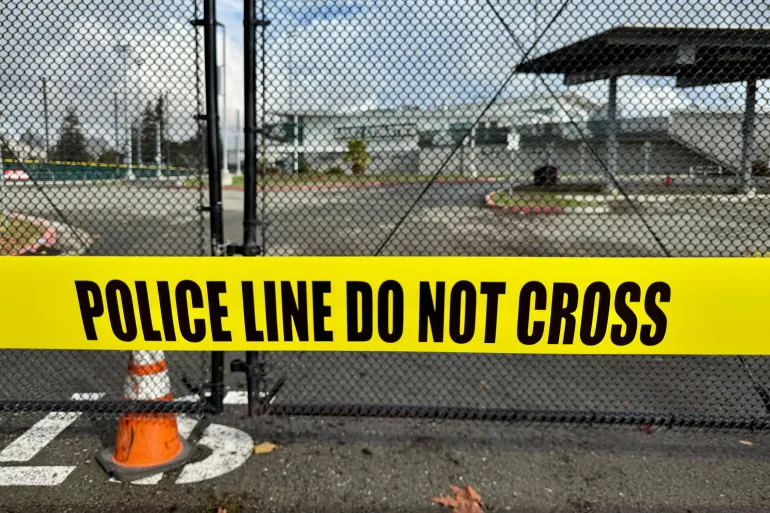Archaeologists Discover Ancient Garden at Church of the Holy Sepulchre, Echoing Biblical Account

Archaeologists excavating the Church of the Holy Sepulchre in Jerusalem, believed to be the site of Jesus Christ’s crucifixion and burial, have uncovered evidence of an ancient garden dating back roughly 2,000 years, Fox News reports.
The discovery, which includes remnants of olive trees and grapevines, provides tangible support for the biblical account in the Gospel of John.
Francesca Stasolla, an archaeology professor at Sapienza University of Rome, confirmed the findings, stating that the evidence came in the form of seeds and pollen. While the exact age of the organic material is still being determined, Stasolla said it dates to “in between the use of the quarry and the Roman age, when the area had a funerary use.”
Calvary, the site of the church, had various uses in ancient times, including as a quarry.
Beyond the garden, Stasolla revealed that numerous artifacts have been unearthed at the site, some dating as far back as the Iron Age. These discoveries underscore the area’s significance as a pilgrimage destination since the fourth century.
The current excavation, the first major restoration project at the Church of the Holy Sepulchre in nearly two centuries, is “taking place in all areas of the church common to the religious communities,” according to Stasolla. The excavation was initially reported by the Times of Israel.
Founded in 326 A.D., the original fourth-century structure was destroyed in 1009 A.D. by Islamic ruler al-Hakim bi-Amr Allah. Christian Crusaders took over the site nearly a century later, and Stasolla confirmed that the existing church is largely the work of the Crusaders.









The latest news in your social feeds
Subscribe to our social media platforms to stay tuned